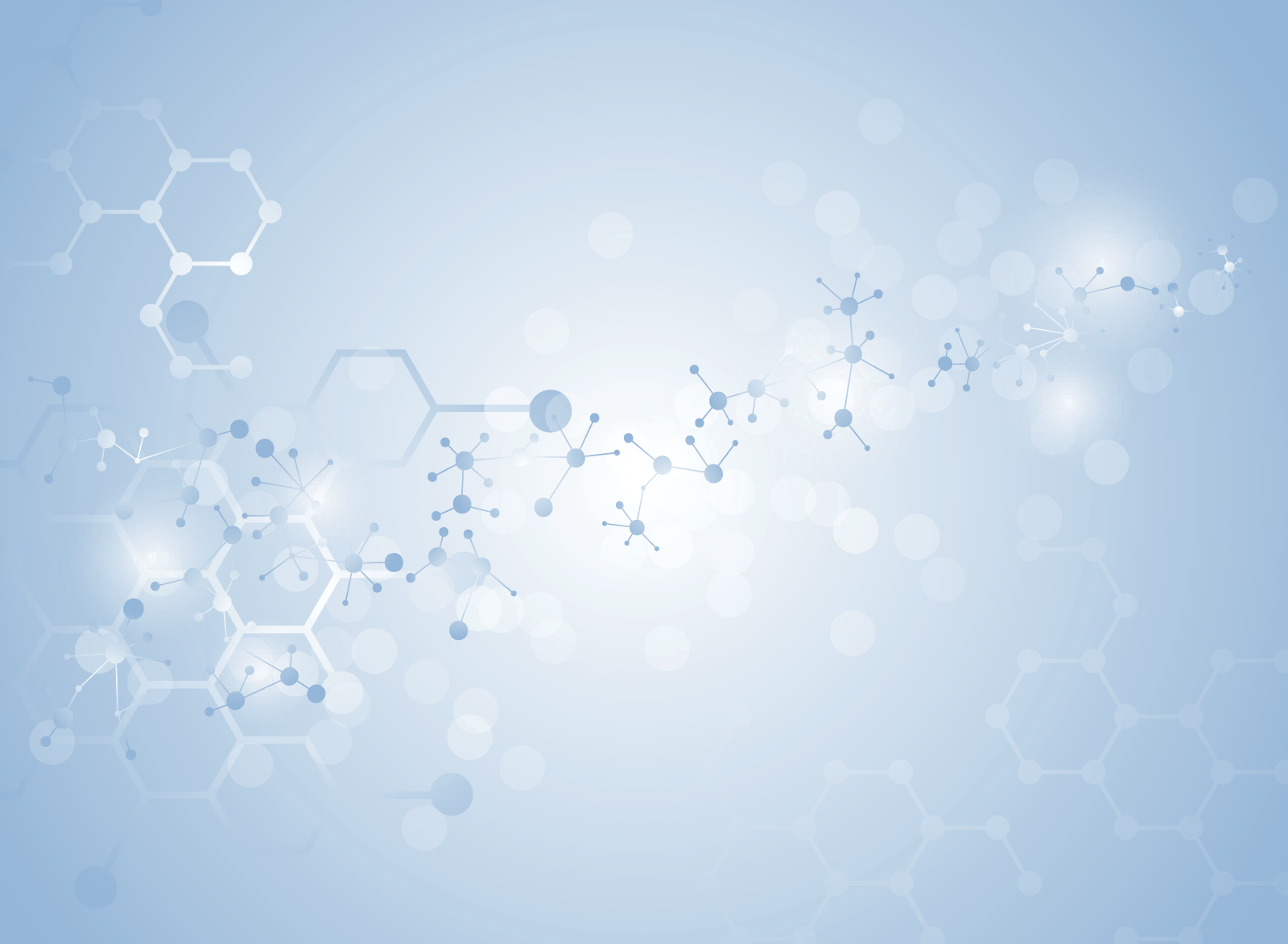INTRODUCTION
Purification of DNA from PCR is essential for downstream applications as it allows the removal of enzymes, nucleotides, primers, and buffer components. The sequencing method typically begins with PCR, in which the target fragment is amplified into thousands of copies under controlled conditions using primers, DNA polymerases, and deoxynucleotides. A PCR clean-up procedure must be completed before the PCR product is prepared for Sanger sequencing. Since Sanger sequencing reads DNA sequences base by base with a high degree of accuracy, it is crucial to clean up reaction mixtures to prevent unincorporated primers and dNTPs from affecting outcomes.
PCR cleanup can be done using various techniques, including ethanol precipitation, bead or column-based purification, and enzymatic procedures. In this blog post, we will discuss the advantages and disadvantages of traditional methods and introduce a faster, hands-free alternative: IMCStips for PCR cleanup using dispersive solid-phase extraction (dSPE) technology.
RELATED SOLUTIONS: NUCLEIC ACID PURIFICATION WITH IMCStips®
IMCStips are pipette tip-based micro-chromatography columns that utilize patented dispersive solid-phase extraction (dSPE) technology to provide high-quality, high-throughput automated nucleic acid purification: from transfection-grade plasmid DNA for your minipreps to PCR cleanup and NGS library preparation. LEARN MORE
TRADITIONAL PCR CLEANUP METHODS
Phenol-Chloroform Extraction
Phenol-chloroform extraction, typically followed by ethanol precipitation, is a conventional procedure to remove protein from a DNA sample. In this process, phenol and chloroform are combined with the DNA solution. While proteins denature in the presence of organic solvents and remain in the organic phase, water-soluble DNA partitions into the aqueous phase. The aqueous phase containing protein-free DNA is then ready for collection. This method is inexpensive and effective for removing proteins from DNA solutions. However, it is slower compared to most modern methods, and chloroform and phenol are hazardous chemicals. There is a risk of phenol/chloroform carry-over into the final sample, which could inhibit downstream enzymatic reactions.
Ethanol Precipitation
Ethanol precipitation is a common technique for desalinating and concentrating DNA. Monovalent cations, often in the form of sodium acetate salt, and ethanol are added to the DNA to a final concentration of 70%. Ethanol alters the DNA structure, causing DNA molecules to clump and precipitate out of solution. With 70% ethanol, the majority of salts and small organic molecules are soluble, leaving the precipitated DNA suitable for centrifugation separation. This method is inexpensive and effective for desalting and concentrating DNA. Like the phenol-chloroform extraction technique, there is a risk of carrying ethanol over into the final sample. Additionally, this method can be time-consuming.
Silica Column-Based Kits
Column-based kits provide a practical method for DNA cleanup. Chaotropic salts are introduced to the sample to denature the DNA by disrupting its hydrogen bonds. Under these conditions, the DNA preferentially binds to the silica resin in the column, making it easier to separate the DNA from the rest of the sample.
After washing, the DNA is removed from the column using a low-salt solution that allows renaturation, resulting in the DNA losing affinity for the silica. Most commercial manufacturers provide kits based on this method, including kits for DNA clean-up following agarose gel extraction, enzymatic procedures, and PCR, among others. This technique is convenient and relatively fast, and the user can process many samples using the vacuum manifold option. Its downsides are that it can be costly, and some kits yield low amounts (as low as 25%). There is also the potential issue of chaotropic salt carryover.
Anion Exchange
Anion exchange DNA purification procedures typically employ positively charged DEAE functionalized resins to bind the negatively charged DNA phosphate backbone. DNA in the sample binds to the resin under specific salt and pH conditions, and thorough washing procedures eliminate impurities (e.g., protein, cellular debris). The remaining DNA can then be selectively eluted from the resin. While this technique provides high-purity DNA for downstream applications, the resins can be quite expensive.
Magnetic Beads
Magnetic beads are used to conditionally bind DNA in a pH-dependent manner, making it possible to isolate the DNA from the rest of the material by only adjusting pH. When the pH level is low, the magnetic beads are positively charged and bind DNA; but when the pH level is high, they become negatively charged and release the DNA. This approach is fast, and no chaotropic salts or organic washing solutions are required. It is ideal for high-throughput automation since there is no need for centrifugation and other time-consuming processing steps. However, the initial cost of purchasing the magnets is reasonably high. This procedure can be challenging when handling multiple samples, but this is not an issue if you have access to automated liquid handling equipment and the necessary automation expertise.
IMCSTIPS FOR PCR CLEANUP

IMCStips for PCR cleanup is based on the traditional selective binding of double-stranded DNA to silica-based resin in the presence of chaotropic salts, with elution in a low salt buffer. IMCStips rapidly isolate target analytes within the pipette tips by leveraging the dispersive solid phase extraction approach with automated liquid handlers during aspiration and dispense steps. This approach simplifies automation by eliminating the need for ancillary equipment such as vacuum manifolds, centrifuges, or magnetic plates. Process up to 96 samples in 30 minutes or less. To learn more about this workflow, download our flyer here. Click below to request a free sample and let us help you automate your workflow!



 Journal Article: Incorporation of Automated Buffer Exchange Empowers High-Throughput Protein and Plasmid Purification for Downstream Uses
Journal Article: Incorporation of Automated Buffer Exchange Empowers High-Throughput Protein and Plasmid Purification for Downstream Uses
